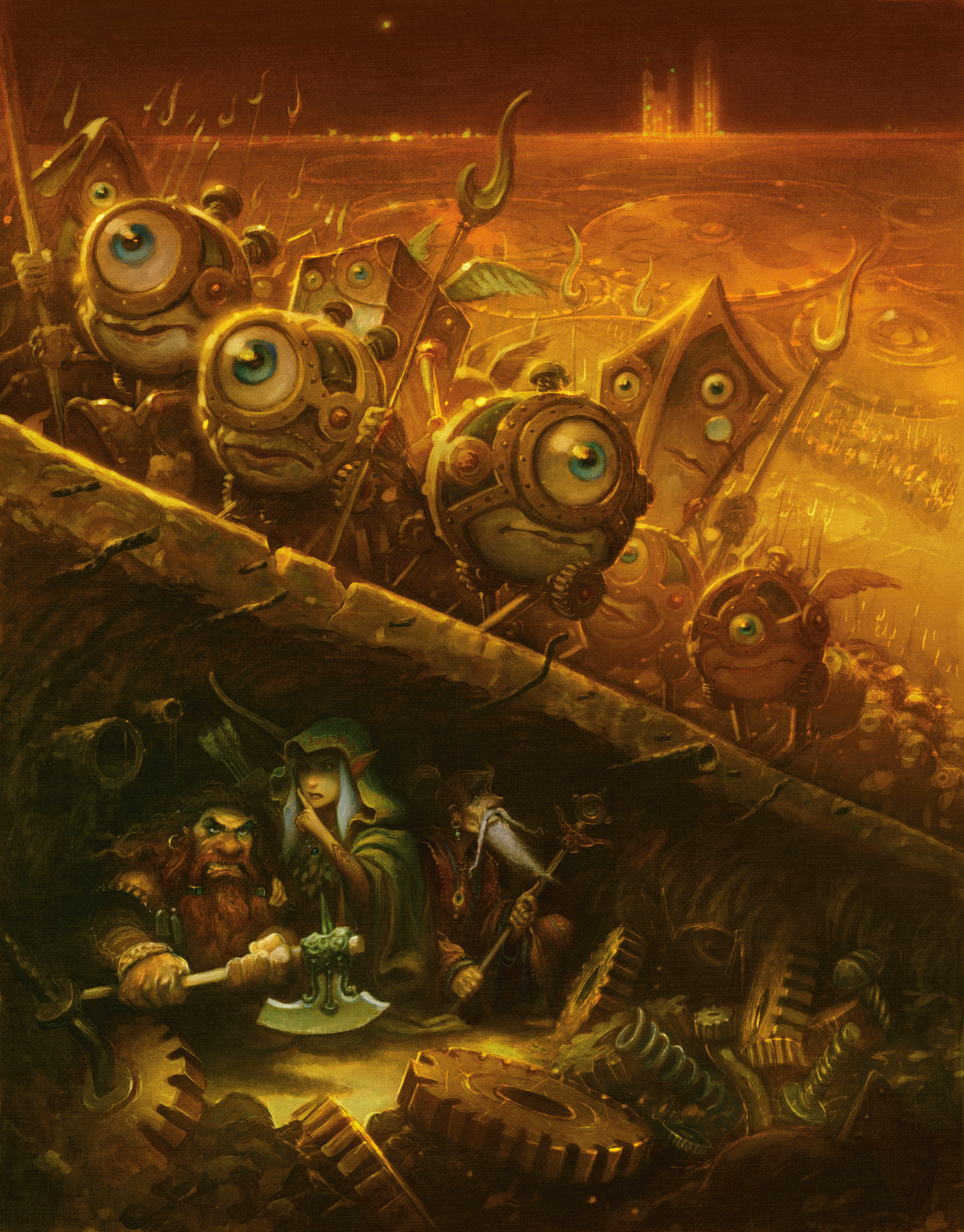From D&D Wiki

Feb 14, 2016 While the content of the 5e Monster Manual is as good as ever, I've perhaps come to be a little spoiled by Pathfinders abundance of monsters (with now 5 core books full of them and pretty much anything that isn't in those but exists in print somewhere else, collected on d20pfsrd) So one monster manual seems very slim in comparison.
This is part of the Mythic Sourcebook
- 1Mythic Monsters
- 1.2Other Statistics
Mythic Monsters[edit]

Mythic monsters are entities of immense power, beyond that of even legendary creatures. They are rarely found in the Material Plane except at cosmic distances, instead residing in the vast outer planes or even the far realm. When a mythic creature disturbs the mortal realm, it can dominate on a continental scale; a whole nation's army might not be enough to quell the turmoil.
These creatures are a challenge for 20th level player characters, with epic boons or other high-level benefits.
Size[edit]
- Colossal
Creatures of colossal size occupy a 45 by 45 ft. space or larger (or 9 by 9 squares). They have d66 Hit Dice (average 33
½
).
- Titanic
5e Monster Creator
Creatures of titanic size occupy a 90 by 90 ft. space or larger (or 18 by 18 squares). They have d100 Hit Dice (average 50
½
).
Other Statistics[edit]
Online Monster Creation Games
Some statistics continue to grow as CR increases, whilst others are bounded.
For the life of me I can't figure out how to play Ashe at all.First and foremost, your priority is landing your ult to start a team fight / disengage / pick off an enemy champion so your team can follow up on it.Ashe has several power spikes such as first back BF sword but her first big power spike comes at level 6 then when she has Essence Reaver Hurricane, for the 30% CDR. It isn't unnatural if you feel like its difficult to get damage in later because that's just the nature of late game immobile ADCs. At this point, usually map rotations begin to happen. 
- Proficiency bonus continues with linear progression
- Hit points, damage and save DCs are unbounded
- AC has no strict bound, but becomes more exceptional the further it moves past 19.
Statistics by Challenge Rating[edit]
Use this in conjunction with the Creating a Monster chapter in the DMG.
Since DC 30 represents an 'impossible' task, and an attack bonus of +21 gives the monster a better than 50-percent chance of striking AC 30, I decided to end the CR track at that point. Further progression would simply be a case of increasing the hit point and damage values - you should instead consider creating the monster as a multi-statblock entity (see below). For example, if I wanted my monster to have 10,000 hit points, I could create it with four CR 49 statblocks.
|